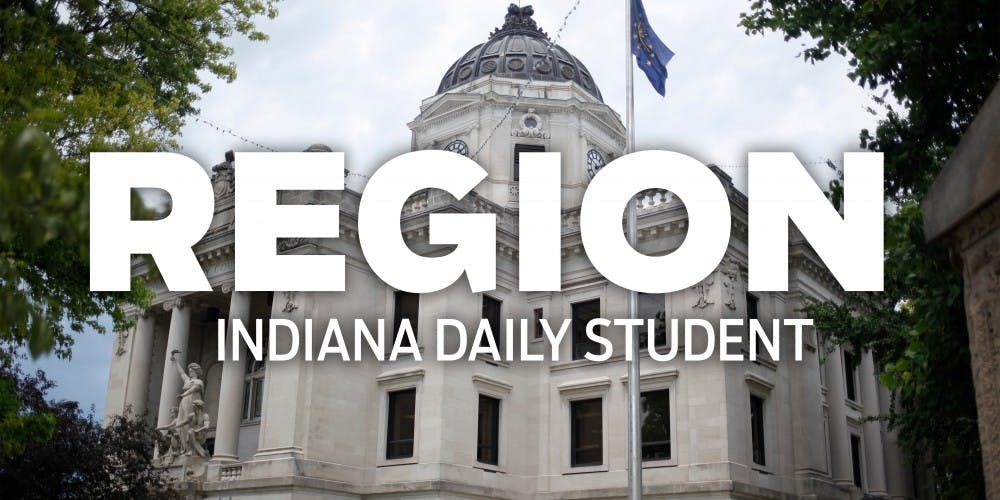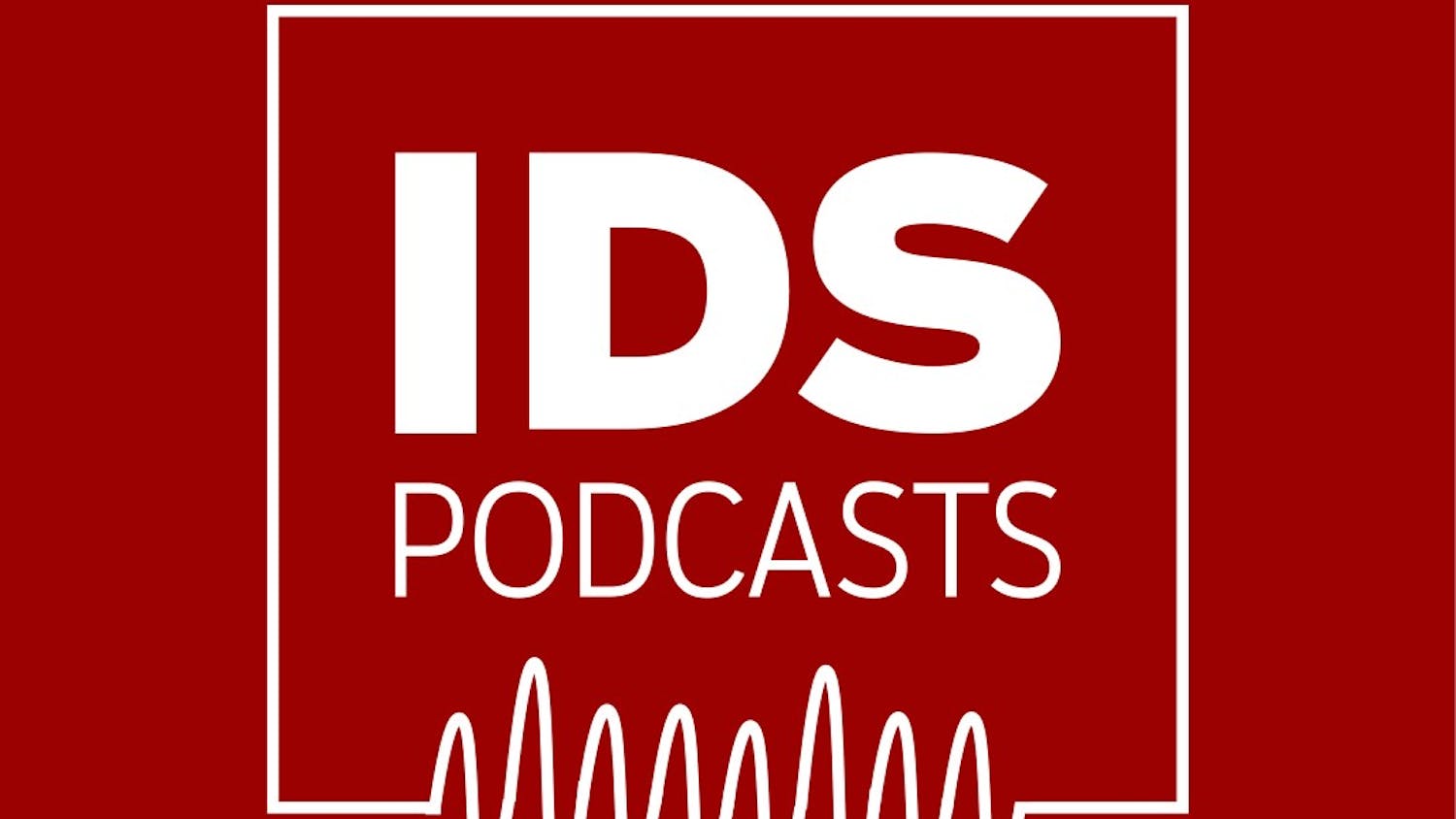A string of local heroin overdoses last week police said was as severe as any in recent memory appears to have tapered off over the past few days.
Bloomington Police Department officers have responded to 11 overdoses, including nine from Tuesday through Thursday, since Feb. 1, BPD Capt. Steve Kellams said Friday. Those numbers only reflect responses by BPD, not cases in which only emergency medical services or other agencies respond.
None of those 11 overdoses resulted in death, and in several cases, responders or bystanders administered the overdose-reversing drug naloxone, Kellams said.
That spike may have ended, though. Teri deMatas, the vice president for marketing and community relations at IU Health Bloomington Hospital, said Sunday afternoon that no people with heroin overdoses went into the hospital’s emergency department during the Saturday or Sunday day shifts.
Police daily logs for Friday and Saturday did not appear to include responses to drug overdoses, and BPD Lt. Jeff Canada said at press time Saturday he had no new information on the situation.
Police have been investigating the overdoses as connected to a single source of heroin, Kellams said Friday.
“Our investigators are working very hard to identify where this is coming from and get it off the streets,” he said.
If police identify the seller, they’re likely to pursue charges more serious than standard drug-dealing ones, Kellams said.
As of Friday, police did not yet know what about the heroin has caused the overdoses.
Nor does anybody else, Indiana Recovery Alliance director Chris Abert said Friday. What he said he does know is that naloxone, which the IRA distributes, is working.
A Friday press release from the IRA noted the harm reduction project has distributed more than 5,000 doses of naloxone since September 2015 and, as of Friday, has received reports of 500 overdose reversals via naloxone. Of those 500, only one ended in death.
“Kind of the problem is there aren’t on-demand treatment options available right now,” Abert said in the interview. “Often times, people will just say, ‘Don’t do heroin,’ as if it’s that simple.”
The IRA’s job right now is to keep people alive, he said.
“We hope people educate each other,” he said.
It’s hard to quantify the severity of the overdose cluster because the use of naloxone has prevented deaths that may have occurred in the past, Kellams said.
But even without deaths the situation is severe.
“It makes us sit up and pay attention,” he said.
The opioid epidemic is ravaging Indiana. Read about one father’s battle with pain pills and heroin here. Read about one mother’s struggle with her son’s addiction here.




